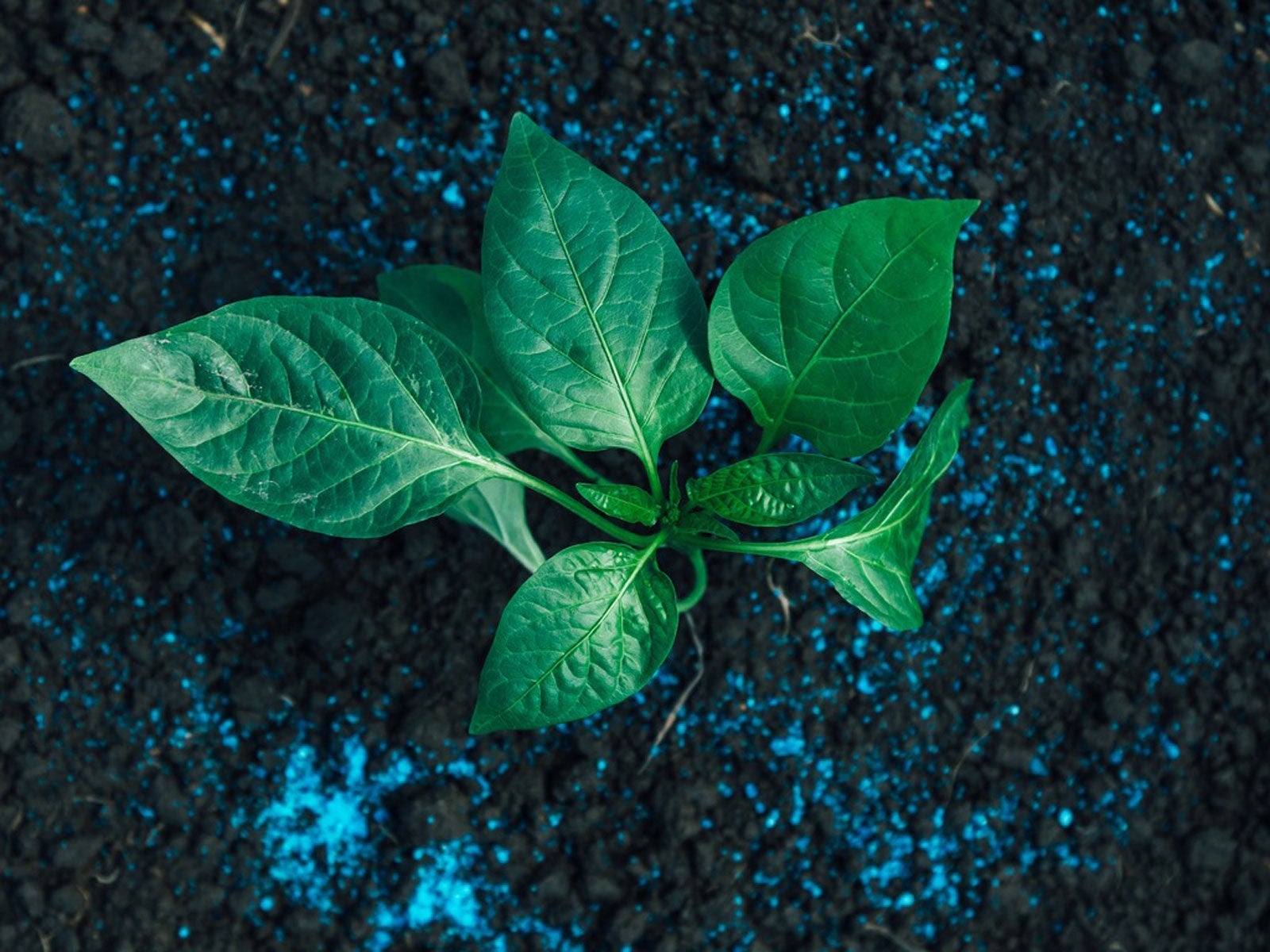Pepper Fertilizer: How And When To Fertilize Peppers


Peppers are popular in the vegetable garden. Hot peppers and sweet peppers alike are versatile and store well. They’re great additions to any garden-growing veggies. To get the most out of your plants, choose the right pepper fertilizer and fertilizing program.
Best Fertilizer for Pepper Plants
The best fertilizer for your pepper plants depends on your soil. It’s a smart idea to get it tested to find out the nutrient content before making amendments. However, adding compost to the entire vegetable bed prior to planting is always a good idea too. Generally, a balanced fertilizer works for peppers. But if your soil testing shows you have enough phosphorus, you should choose a low- or no-phosphorous fertilizer. Nitrogen is particularly important for stimulating good pepper growth, but you have to know the best time to fertilize peppers to get the best results.
When to Fertilize Peppers
First, broadcast the soil with a general fertilizer or compost before you put any plants in the ground. Then, front load the plants with nitrogen for optimal growth. Adding the right amount of nitrogen will stimulate stem and foliage growth so that your pepper plants will grow big enough to support several fruits each. Expert gardeners suggest you add your nitrogen fertilizer on this schedule:
- Apply about 30 percent of the nitrogen as part of the pre-planting broadcast.
- Two weeks after planting, add 45 percent of the nitrogen.
- Save the last 25 percent for the final weeks as the pepper harvest is wrapping up.
Importance of Staking Pepper Plants
In addition to more and bigger fruit, a consequence of fertilizing pepper plants is that your plants will grow bigger. Pepper plants are not able to stay erect on their own at a certain point, so be prepared to start staking peppers as they grow. For a row of peppers, place stakes between each plant. Tie several parallel strings between each stake to provide the support the plants need to stay upright. If you only have a few plants or potted peppers, just adding a stake and zip ties to each plant should be adequate.
Gardening tips, videos, info and more delivered right to your inbox!
Sign up for the Gardening Know How newsletter today and receive a free copy of our e-book "How to Grow Delicious Tomatoes".

Mary Ellen Ellis has been gardening for over 20 years. With degrees in Chemistry and Biology, Mary Ellen's specialties are flowers, native plants, and herbs.
-
 4 Superfast Composting Methods: Turn Waste Into Garden Gold In 30 Days Or Less
4 Superfast Composting Methods: Turn Waste Into Garden Gold In 30 Days Or LessTry the fastest composting methods to turbocharge your pile and transform kitchen scraps and garden waste into finished compost in just a few weeks.
By Mary Ellen Ellis
-
 Best Spider Plant Soil – Complete Soil Guide And Expert Tips For Keeping Plants Happy
Best Spider Plant Soil – Complete Soil Guide And Expert Tips For Keeping Plants HappySpider plants are fun and easy plants to grow, but what is the best soil for a spider plant? Selecting the right soil is important so they can thrive.
By Bonnie L. Grant